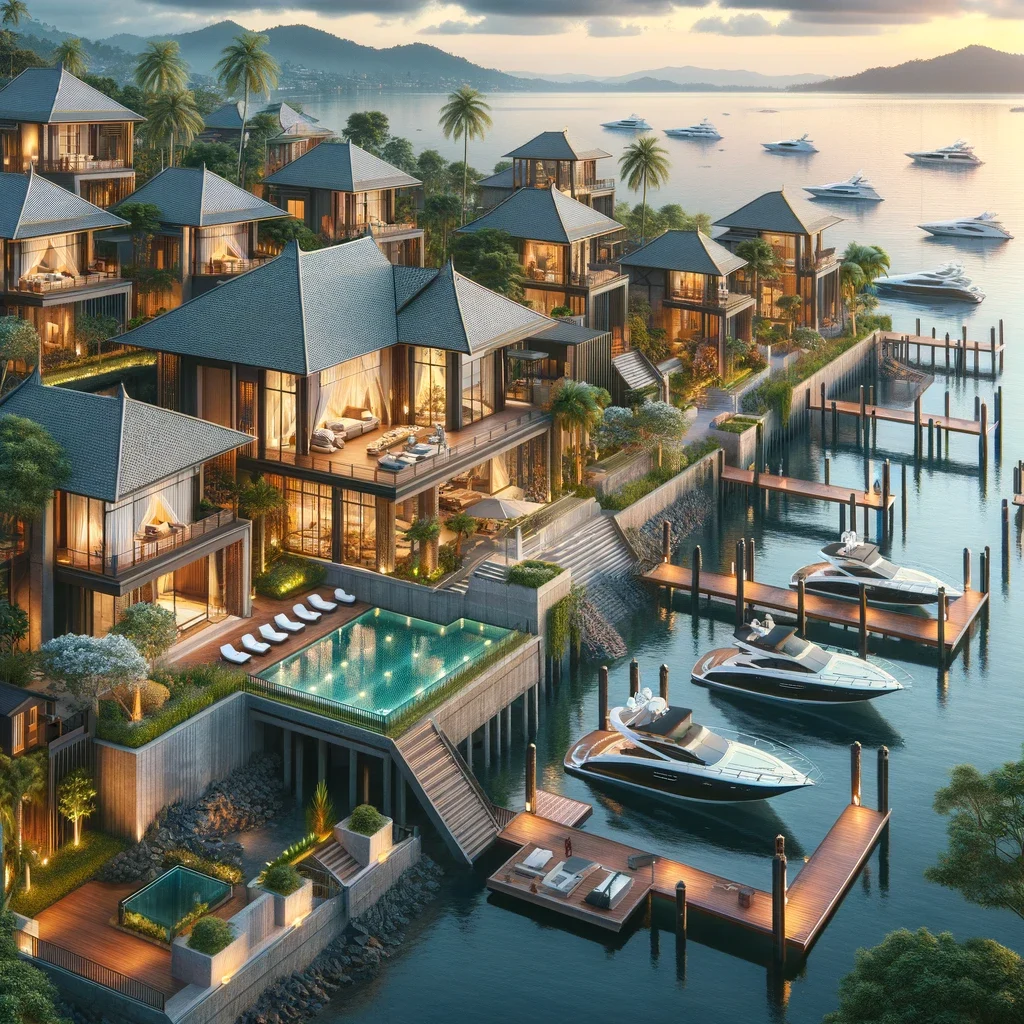Southeast Asia’s real estate market is as diverse and vibrant as its cultures, offering myriad opportunities for investors looking to capitalize on the region’s economic growth and urbanization. From bustling commercial hubs to serene residential areas and expansive industrial zones, the landscape is ripe with potential. This article explores the latest trends and opportunities in the real estate sectors across Southeast Asian countries, highlighting key areas for investment.

The Rise of Mixed-Use Developments
One of the most notable trends in Southeast Asia is the surge in mixed-use developments. These complexes combine residential, commercial, and sometimes industrial spaces, catering to the modern consumer’s desire for convenience and efficiency. Countries like Singapore, Thailand, and the Philippines are seeing a significant rise in such projects, driven by urbanization and a growing middle class. These developments are not only changing the skyline but also how people live, work, and play, offering a holistic lifestyle within a single location.
The Digital Transformation of Commercial Real Estate
The commercial real estate sector is undergoing a digital transformation, with technology playing a pivotal role in shaping investment strategies. E-commerce and the rise of digital marketplaces are driving demand for warehousing and logistic centers, particularly in Indonesia and Vietnam, where online shopping is becoming increasingly popular. Moreover, the shift towards remote work and the digital nomad culture is influencing the design and functionality of office spaces, with co-working spaces becoming more prevalent across the region.
Residential Real Estate: Affordable Housing and Luxury Developments
The residential real estate market in Southeast Asia is characterized by a dual demand for both affordable housing and luxury developments. Rapid urbanization and economic growth have increased the need for affordable housing solutions in countries like Malaysia and Indonesia. Governments and private developers are collaborating on initiatives to meet this demand, focusing on sustainability and community living.
Conversely, in more developed markets like Singapore and Thailand, there’s a growing appetite for luxury residential properties. High-net-worth individuals and expatriates are drawn to the region’s luxury condominiums and villas, offering sophisticated amenities and breathtaking views. This segment continues to attract foreign investment, buoyed by favorable government policies and a stable economic environment.
Industrial Properties: The Backbone of Economic Growth
Industrial real estate is the unsung hero of Southeast Asia’s economic expansion, with the manufacturing and logistics sectors experiencing robust growth. The region is becoming a manufacturing hub, with companies looking to diversify their supply chains from China. This shift is evident in Vietnam and Thailand, where there’s a surge in demand for industrial parks and facilities. Additionally, the growth of e-commerce and the need for efficient logistics networks are boosting investments in warehousing and distribution centers.
Sustainability and Green Real Estate
Sustainability is becoming a cornerstone of real estate development in Southeast Asia. Green buildings, eco-friendly materials, and energy-efficient designs are gaining traction, driven by consumer awareness and regulatory mandates. Singapore leads the way in green real estate initiatives, with other countries following suit. Investors are increasingly considering environmental, social, and governance (ESG) criteria when evaluating real estate opportunities, recognizing the long-term benefits of sustainable development.
Navigating Challenges and Seizing Opportunities
While the real estate market in Southeast Asia offers significant opportunities, investors must navigate challenges such as regulatory uncertainties, geopolitical tensions, and environmental risks. However, with a strategic approach and a deep understanding of the regional landscape, investors can capitalize on the growth and dynamism of Southeast Asia’s real estate market.

In conclusion, Southeast Asia’s real estate sector is a mosaic of opportunities, from the innovation-driven commercial spaces and luxury residential properties to the burgeoning industrial real estate market. As the region continues to evolve, staying abreast of trends and adapting to the changing landscape will be crucial for investors looking to make their mark in Southeast Asia’s real estate market.